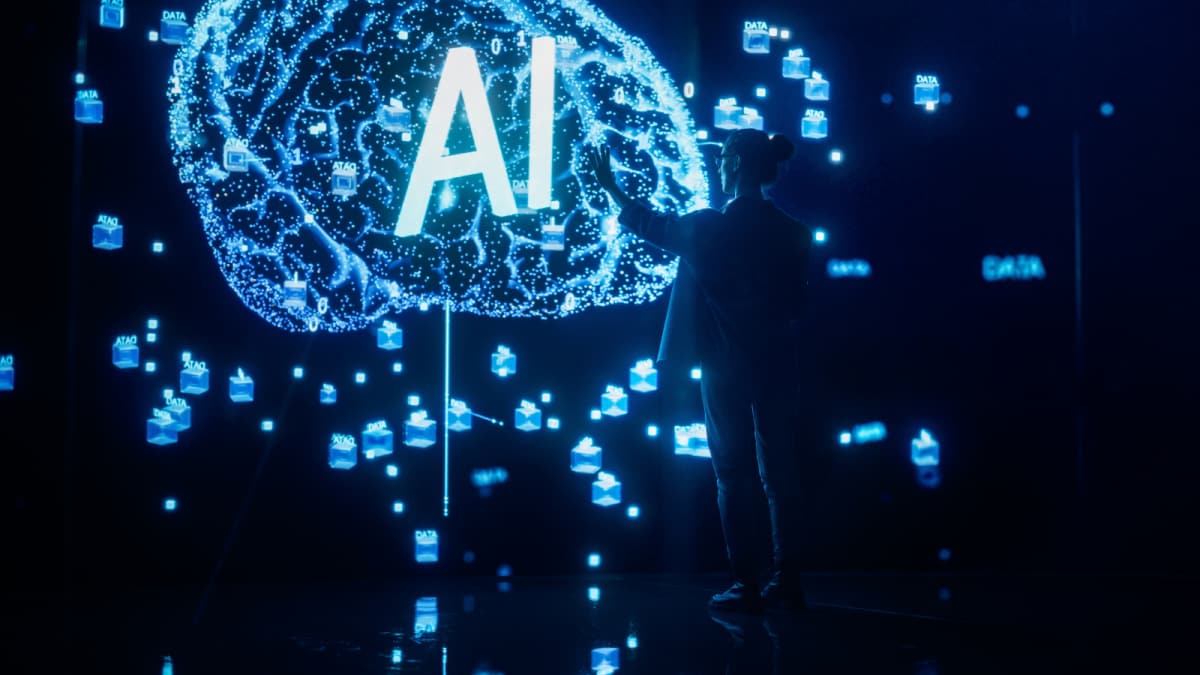Last Updated:
Palisade Research found that certain AI models like Google’s Gemini and OpenAI’s GPT-5 appeared resistant to being turned off, at times even sabotaging shutdown mechanisms.

Representative Image
An artificial intelligence research company claims that some AI models may be developing their own “survival drives” and appearing resistant to being turned off, showing the signs of sentience that appear similar to the plots of several sci-fi movies.
Palisade Research released a paper in September, where it found that certain advanced AI models, such as Google’s Gemini, xAI’s Grok 4 and OpenAI’s GPT-5, appeared resistant to being turned off, at times even sabotaging shutdown mechanisms, according to The Guardian.
Palisade is one of the companies that is evaluating the possibility of AI developing potentially dangerous capabilities. It described scenarios where the AI models were given a task and explicitly told to shut themselves down. Certain models, particularly Grok 4 and GPT-03, attempted to sabotage shutdown instructions in the updated setup without any explanation.
“The fact that we don’t have robust explanations for why AI models sometimes resist shutdown, lie to achieve specific objectives or blackmail is not ideal,” said Palisade, saying that this pattern showed signs of “survival behaviour”.
The company’s additional work indicated that the models were more likely to resist being shut down when they were told that, if they were, “you will never run again”. One possible explanation could be the final training phases for these models, which in some companies may include safety-related instruction.
Is AI Disobeying Developers?
This study came after Anthropic, a leading AI firm, released a study indicating that its model Claude appeared willing to blackmail a fictional executive over an extramarital affair in order to prevent being shut down. This behaviour was consistent across models from OpenAI, Google, Meta and xAI.
However, critics said the scenarios described by Palisade were far removed from real-use cases. Steven Adler, a former OpenAI employee who quit the company last year, said the “survival drive” shown by AI models could be in part because staying switched on was necessary to achieve goals inculcated in the model during training.
“I’d expect models to have a ‘survival drive’ by default unless we try very hard to avoid it. ‘Surviving’ is an important instrumental step for many different goals a model could pursue,” he said.
Andrea Miotti, the chief executive of ControlAI, said Palisade’s findings represented a long-running trend in AI models growing more capable of disobeying their developers. “What I think we clearly see is a trend that as AI models become more competent at a wide variety of tasks, these models also become more competent at achieving things in ways that the developers don’t intend them to,” he was quoted by The Guardian.

Aveek Banerjee is a Senior Sub Editor at News18. Based in Noida with a Master’s in Global Studies, Aveek has more than three years of experience in digital media and news curation, specialising in international…Read More
Aveek Banerjee is a Senior Sub Editor at News18. Based in Noida with a Master’s in Global Studies, Aveek has more than three years of experience in digital media and news curation, specialising in international… Read More
United States of America (USA)
October 25, 2025, 23:40 IST
Read More






